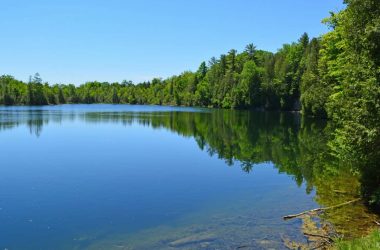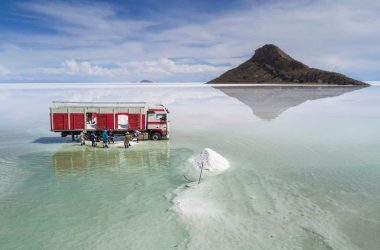The Formation of Pink Diamonds
Pink diamonds, highly sought after for their rarity, owe their unique color to a geological event that occurred around 1.85 billion years ago. During this time, two former continents that now constitute parts of Australia collided to form the supercontinent known as Nuna. The intense pressure and deformation resulting from this collision caused the crystal structures of diamonds caught in the middle to reflect light differently, giving rise to their pink hue.
The Discovery of Australian Pink Diamonds
The majority of pink diamonds discovered so far have originated from the Argyle Diamond Mine situated in the Kimberley region of Western Australia. These diamonds were brought to the surface around 1.3 billion years ago when the disintegration of the Nuna supercontinent occurred. Dating analysis of surrounding rock samples suggests that the pink diamonds settled at the surface between 1.31 and 1.25 billion years ago, coinciding with the breakup of Nuna into smaller continents.
The Unconventional Placement of the Argyle Deposit
Traditionally, diamonds have been found in the center of ancient continents, where they formed at the base of the thick crust and were later propelled upward through volcanic activity. However, the unique positioning of the Argyle deposit challenges this notion. Located at the edges of ancient continents, the Argyle Diamond Mine presents the idea that ample diamond reserves may still be awaiting discovery in these overlooked areas.
The Future of Pink Diamond Exploration
With the closure of the Argyle Diamond Mine in 2020 after 37 years of extraction, the search for new pink diamond deposits has gained renewed importance. Explorers and geologists are now focusing their efforts on identifying potential reserves in various regions, aiming to unveil the next untapped source of these exquisite gemstones.








